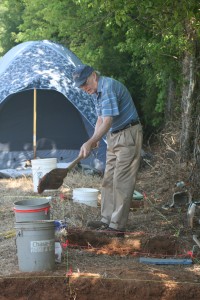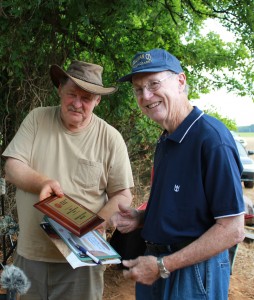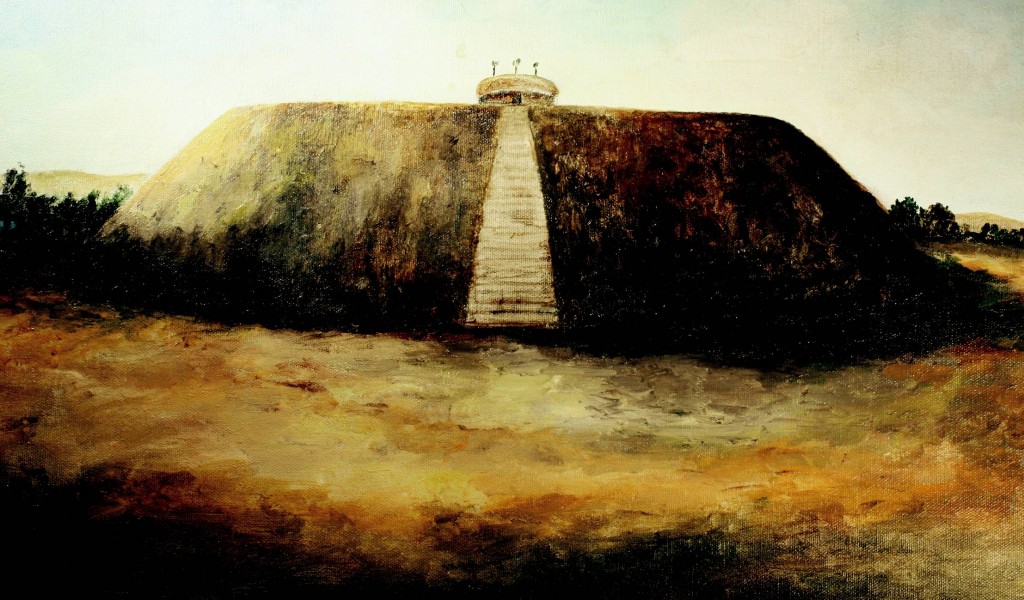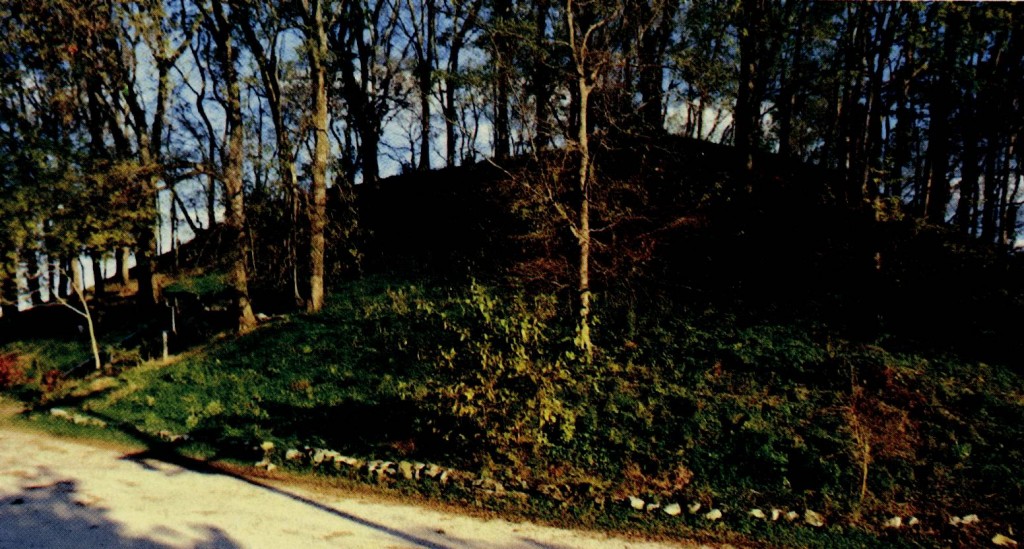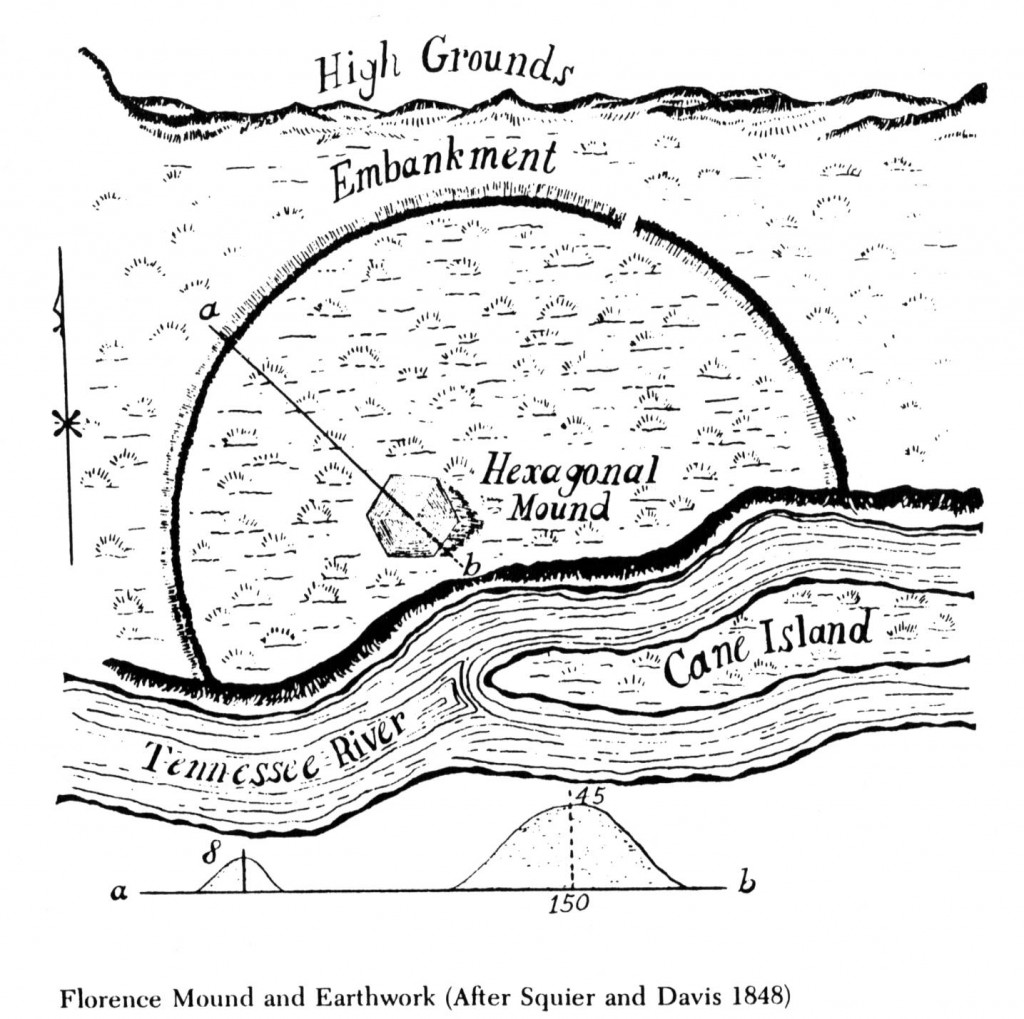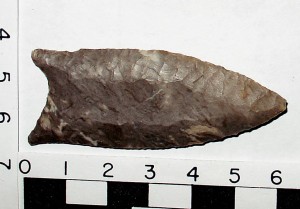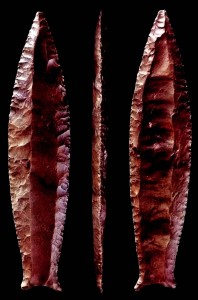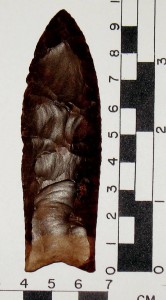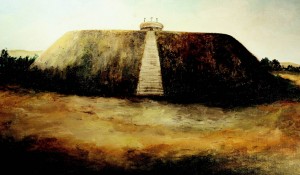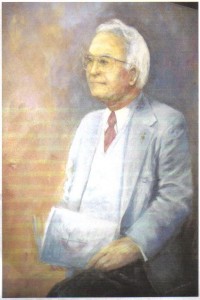
In the Southern Appalachian Mountains and its foothills, people are known for being talkers and storytellers. Some have taken it to the next level and written their stories. Northwest Alabama has been blessed with many historical writers, but none have been as prolific as William “Bill” McDonald of Florence, Alabama.
William “Bill” McDonald, Florence historian was a veteran of the Korean War and World War II. He was also a United Methodist preacher and longtime Times Daily columnist. He died October 20, 2009 at the age of 82.
McDonald’s biography could have stopped and started with his military career, 38 years that began when he became one of the first members to graduate from the ROTC program at the University of North Alabama (UNA). Mention would have to be made of the years he spent as a United Methodist Minister, church historian as well as work he did as chief of the budget staff for the Tennessee Valley National Fertilizer Development Center. To do that, however, would be to omit his passion and the one thing he’s perhaps most well known for; Shoals history.
Once a week on Wednesdays, he would come to the Florence Lauderdale Public Library and whenever he was there, he would sit at this round table, and no less than eight to 10 to 18 people would sit there with him, and whatever he wanted to talk about, they would talk about. He’s a hero for the community in that he dedicated his life to saving, retelling and documenting the history and stories of this community
McDonald’s love of local history began as a child. Born in Florence, he would sit at his grandmother’s feet listening to her recount the stories of what life was like in the area in the 1800s and the turn of the century.
It wasn’t long before McDonald became the keeper of those stories, telling them to others. In addition to amassing the spoken accounts of Colbert and Lauderdale counties, often through first person interviews and extensive research. McDonald also acquired countless letters, photos and other historical documents that, when combined, created a tangible history of the Shoals.
Throughout his lifetime, McDonald became the authority on the Sweetwater area of Florence including the mill villages that sprang up there. UNA’s early years in Colbert County on the LaGrange Mountain and its subsequent move to Lauderdale County as well as the history of the United Methodist Church in the Shoals.
From 1968 until 1989, he served as the chairman of the Florence Historical Board, and, in 1989, he was appointed Florence City Historian. In 1979, he published the first of 15 books he would write. Paths in the Briar Patch was McDonald’s memoir of growing up in the Shoals. His last book Civil War Tales of the Tennessee Valley was published in 2003.
Angela Broyles, co-founder of Bluewater Publications, has made it among her goals to see each of McDonald’s books back into print for a new, younger audience, one less familiar with the good old days. She was quick to say that McDonald’s well documented history of the area should not disappear.
It was Paths in the Briar Patch that brought McDonald into contact with another local historian, Harry Wallace, of Florence. Sometime in the 1970s, while Harry Wallace was teaching history at Central High School, he heard McDonald was having a book signing. Although Wallace had known his family all of his life, he wanted to meet this great historian. After this meeting, McDonald pretty much took him under his wing and helped him.
McDonald was so good at his story telling and history that he people who wouldn’t normally open up would open up to him. He knew enough about what he had and the value of it, and he dedicated most of it to UNA. This is just one of the great gifts he leaves. It is sad to think that a lot of young people will not be able to hear his great stories.
Florence Mayor Irons knew that the vacancy he left as city historian would be difficult to fill.
It has been said many times, in the local history and genealogy department at the Florence library that was no feet big enough to fill his shoes. He always took the time to help and encourage anyone who asked him.
McDonald was married to Dorothy Carter McDonald, an artist and retired teacher in the Florence City School System. They have two daughters. Dr. Nancy Carter McDonald and Suzannah Lee McDonald.
Bill always listened intently to the stories told by others and felt that these stories should be passed on to future generations’ listening ears and in the form of written word.
Charles E. Moore, City of Florence Archaeologist

